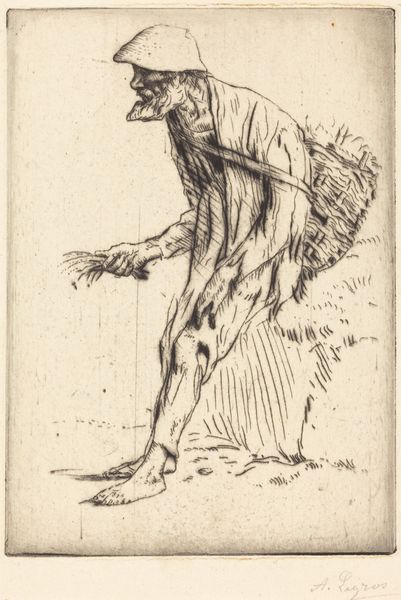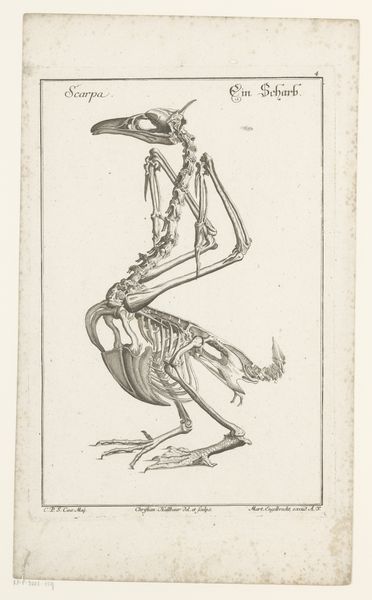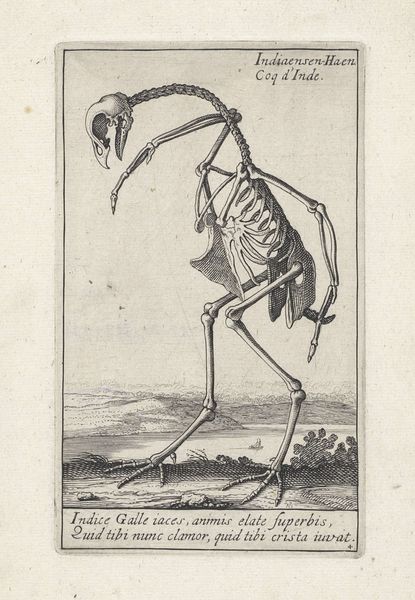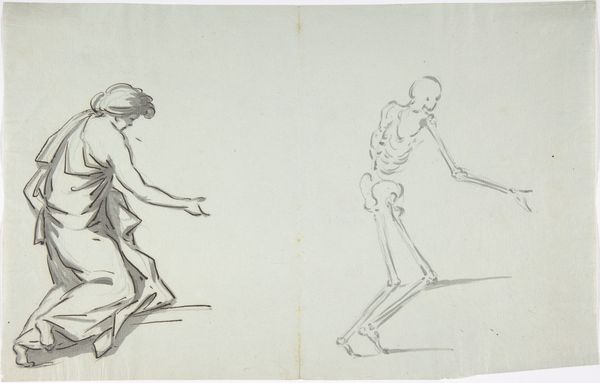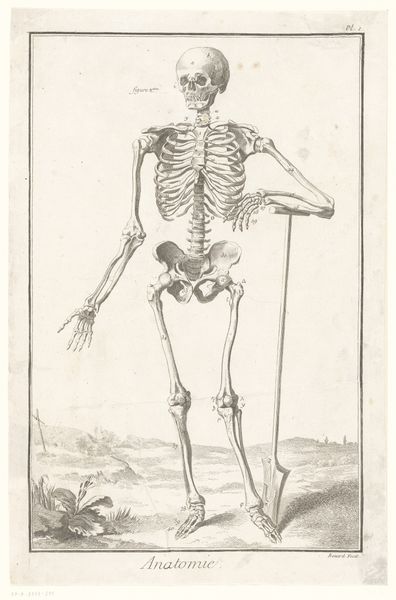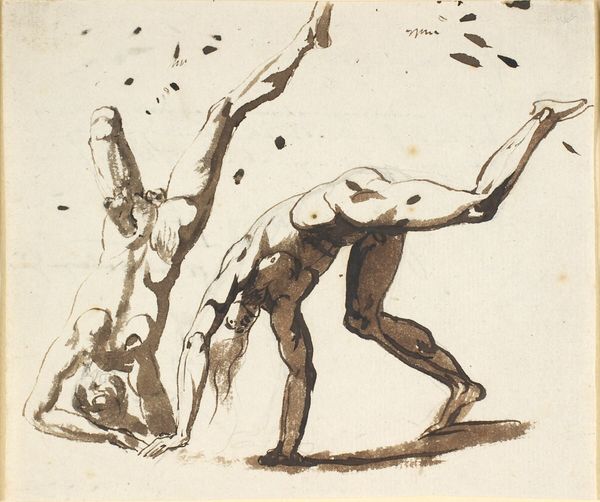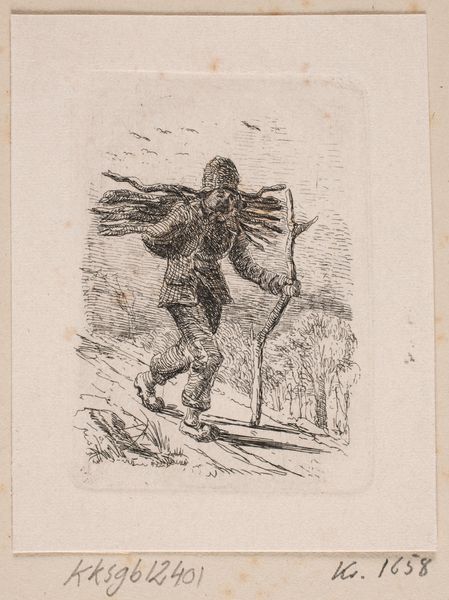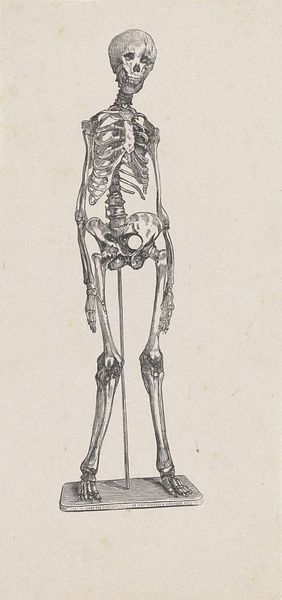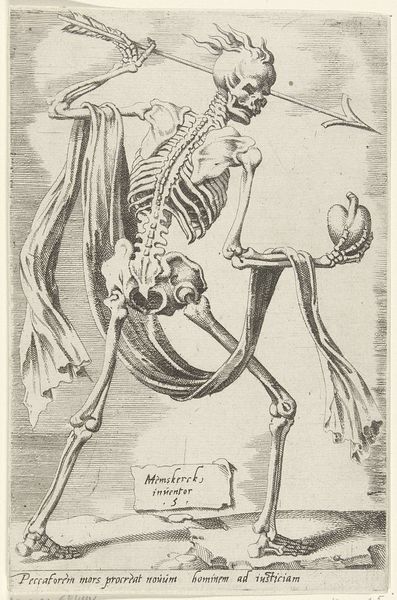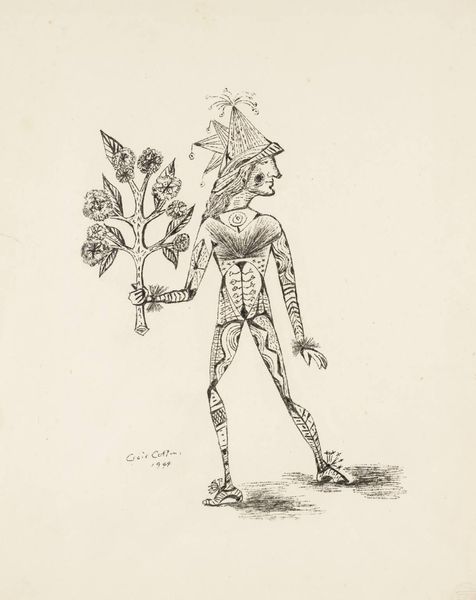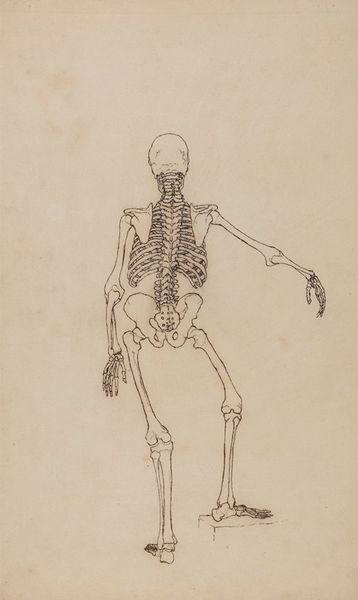
Dimensions: image: 167 x 292 mm
Copyright: © Tate | CC-BY-NC-ND 4.0 DEED, Photo: Tate
Editor: This is "Fool with a Flower" by Cecil Collins. It’s a simple ink drawing, but the figure’s arched back and delicate reach towards the flower give it such vulnerability. What do you see in this piece? Curator: I see a potent commentary on the role of the marginalized individual in society. Collins, active during periods of great social upheaval, uses the figure of the fool – historically a figure of both ridicule and wisdom – to question societal norms. Where does the flower fit, do you think? Editor: Maybe the flower represents something beautiful and fragile that the fool is trying to protect, or understand? Curator: Precisely. It also asks us to reconsider who we deem ‘foolish’ and whose perspectives we value. Perhaps it's about finding beauty and resilience in unexpected places. Editor: That's given me a lot to think about. Thanks! Curator: My pleasure. It’s always about questioning our preconceived notions, isn't it?
Comments
tate 6 months ago
⋮
http://www.tate.org.uk/art/artworks/collins-fool-with-a-flower-p11845
Join the conversation
Join millions of artists and users on Artera today and experience the ultimate creative platform.
tate 6 months ago
⋮
The figure of the Fool, with a pointed hat and wearing high heels, is shown bending towards a flower, growing in bare ground. In 1942 Collins began writing The Vision of the Fool. First published in 1947, this essay highlighted his vision of what he described as the ‘mechanical jungle of the contemporary world’ (quoted in Keeble, p.74). Throughout the essay Collins links the Fool with the ‘Saint, the artist the poet’ (Keeble, p.81). He explains, ‘modern society has succeeded very well in rendering poetic imagination, Art, and Religion, the three magical representatives of life, an heresy; and the living symbol of that heresy is the Fool. The Fool is the poetic imagination of life, as inexplicable as the essence of life itself’ (Keeble, p.73). The Fool became a recurring image for Collins, appearing in many of his paintings and prints as an innocent figure who, although having no place in modern society, has the vision which is necessary to find fulfilment and eventual reward. The idea of the Fool as being an innocent victim of modern mechanised society is expressed in this image by the flower which the Fool takes obvious pleasure in discovering. Made during World War II (1939-45), the image appears even more poignant.
